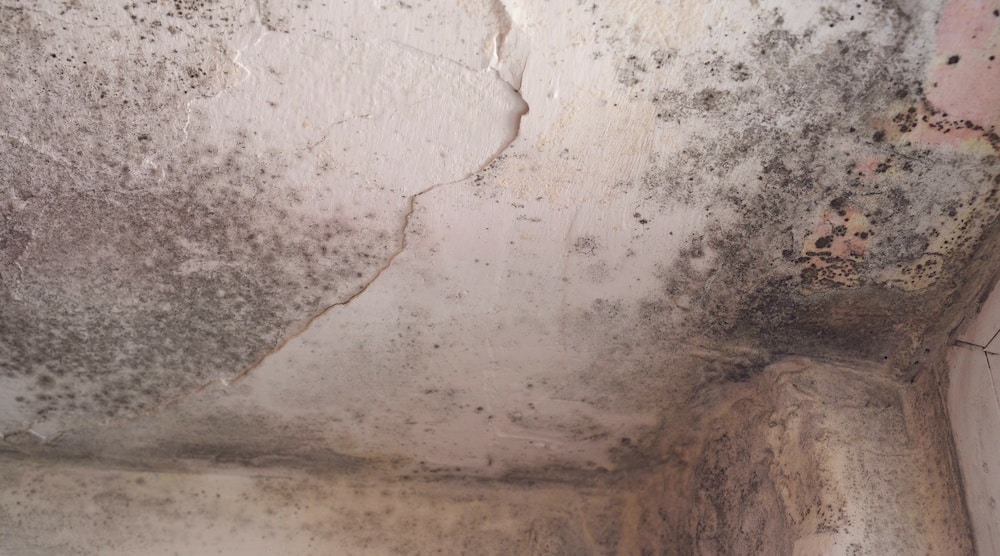While not all of the 100,000 different kinds of mold that are out there in the world aren’t dangerous, there are several that homeowners should keep an eye out for on their property. Especially if there is moisture in the air, the southern California climate is perfect for encouraging mold growth.
Making sure to look out for telltale signs that mold is present is an important task for homeowners, paying particular attention to attics and crawl spaces. Mold removal can be a hassle, but if caught early can be done with relative ease.
Mold has a habit of appearing quickly and quietly. To avoid the need for mold removal, keep an eye out for dark spots on your ceiling or walls. While not always immediately harmful, mold that is left untreated could end up causing significant damage to both your home and your health.
There are ten kinds of mold that are most commonly found in homes.
Acremonium
Acremonium is one of the most dangerous types of mold. It is toxigenic and generally develops slowly. It most often starts with small, moist spots that then grow into a powder-like appearance. It can be grey, pink, white, or orange.
Alternaria
When you think of a classic mold appearance, what you envision is likely Alternaria. It generally has a dark brown or green color and a velvet texture. You’ll find it in showers, bathtubs, and around sinks. It thrives in areas where there is water or moisture. One of the most common kinds of mold, it is highly allergenic.
Aureobasidium
Most often found on painted wooden surfaces or behind wallpaper, this is an allergenic mold. It usually has a pink, black, or brown color, and contact with this kind of mold can cause irritation or infection of the eyes, nails, and skin.
Aspergillus
With its long, flask-shaped spores that cluster thickly, this is one of the most common kinds of mold found in U.S. homes. Another allergenic mold causes inflammation, asthma attacks, and lung infections.
Chaetomium
A chameleon, this kind of mold can change colors, from white to grey, then to brown and black. It has a cotton-textured appearance. This mold is considered particularly dangerous for people with compromised immune systems.
Cladosporium
An unusual trait of this mold is that it grows well in both cold and warm conditions. It likes to find its home in carpets or under floorboards and usually has a suede texture.
Fusarium
Another mold that prefers colder weather, it is a common sight on compost and rotting food. Pink in color, it grows on fabrics like carpet and wallpaper. A quick spreader, if you find just one spot in your home, make sure you check everywhere.
Penicillium
A classic looking mold, penicillium has a greenish-blue color and velvet texture. It tends to prefer areas with water damage. It can lead to respiratory problems like asthma.
Stachybotrys
More commonly known as black mold, it has a greenish-black appearance and is slimy. It lurks on paper, wood, cardboard, and wicker and prefers high humidity. Prolonged exposure often leads to nosebleeds and painful headaches.
Mucor
Generally found around HVAC systems and ductwork, mucor loves condensation. Its grey spores can cause asthma-like symptoms.
If you find mold in your home, we’re here to help!
While there are many different kinds of mold to look out for, one thing remains true. Mold removal is best left to the professionals. Experts like those at Attic Projects are trained in mold removal techniques. Give us a call, or visit us online if you are concerned about mold. We’ll come out and give your home a complete inspection. If there are any trouble spots found, we’ll recommend a mold removal program.
We look forward to helping you keep your home safe and healthy!




